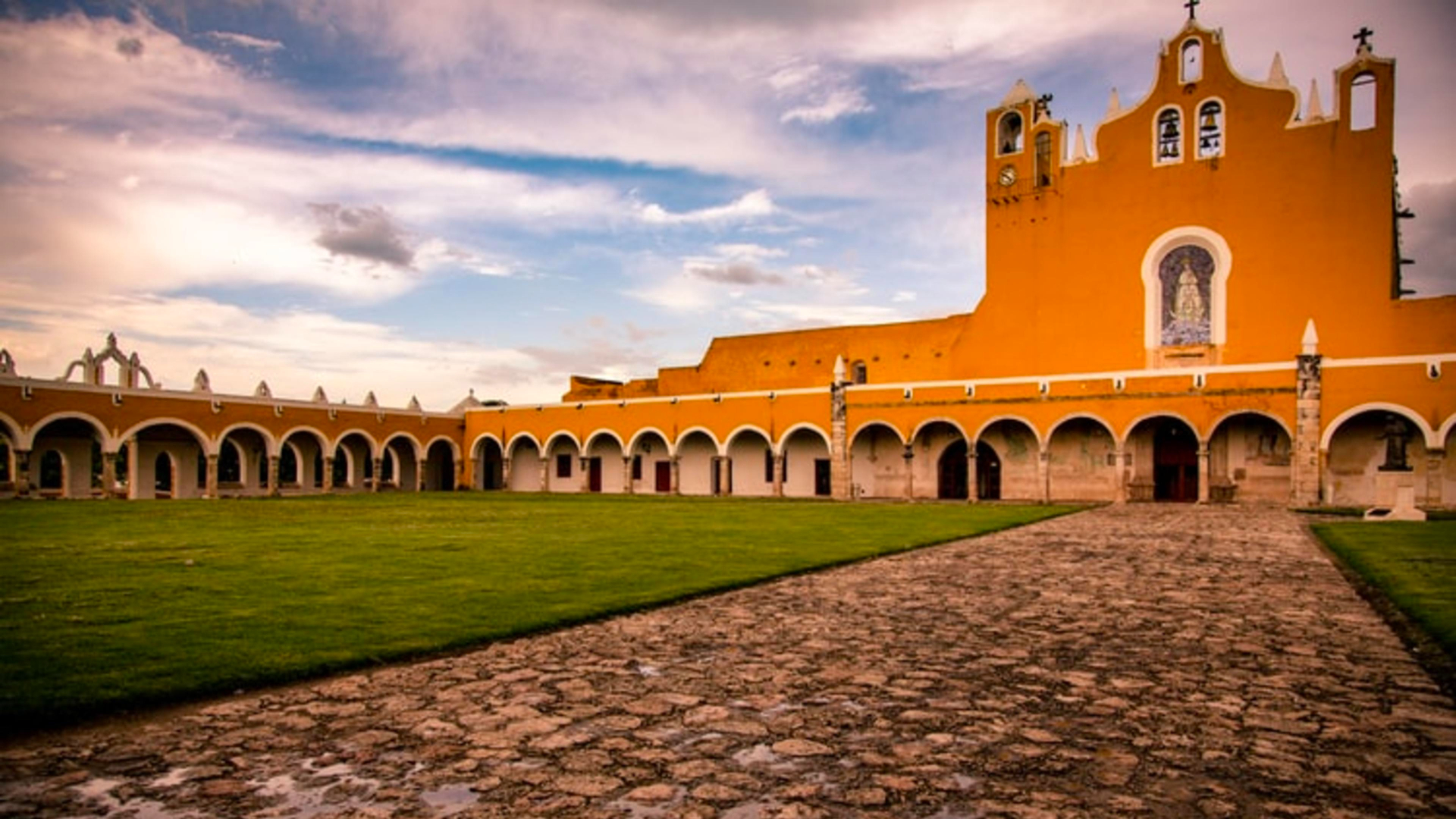For both safety and social reasons, most young professional expats choose to live in the parts of the city to the south and west of the historic center of the city if they can, which includes neighborhoods such as La Condesa, Roma, Juarez, Navarte, Escandón, Cuauhtémoc, and San Rafael.
This list is by no means a complete overview of the possible places to live in Mexico City but instead aims to provide a few suggestions for apartment hunters who are looking for a place to start their search. Keep in mind that this list is oriented toward the younger, less-monied crowd. For fancier accommodations, expats often choose to live in El Polanco or Santa Fe.
Here’s a short breakdown of what you can expect in each neighborhood:
La Condesa

La Condesa is widely regarded as the most beautiful and desirable place to live for young people in the city, with an exciting nightlife and a rich collection of restaurants and well-kept parks.
Rent prices are among the most expensive in the city, however, rarely dipping below 7500 pesos (around $400 US) for a bedroom in a complete apartment (for the purpose of this blog, the price points are for a single bedroom in a three or four-bedroom apartment with a full kitchen).
Roma
Roma is another famous and historic hotspot for food and bars. It’s slightly more affordable than Condesa and has better access to public transportation, but it is still expensive compared to the rest of the city—renters can expect bedroom prices to be in the 6000-peso range (around $320 US).
Juarez
Juarez is best known for being home to Zona Rosa, an electric area with an abundance of bars and LGBTQ clubs. It lies on the south side of the famous Avenida Reforma, which regularly hosts parades and protests and provides easy access to the scenic Chapultapec Park. Prices are similar to those in Roma.
Cuauhtémo
Cuauhtémoc is just across the street from Juarez, with the “street” being Avenida Reforma. It features a collection of beautiful apartment buildings, the offices of the United States Embassy, and easy access to everything Reforma has to offer.
There is a vibrant bar and restaurant scene, but without the craziness of the dance clubs in Juarez. The downside of this neighborhood is the lack of easy access to a metro stop, but there is a MetroBus stop in the northeast corner. Prices are similar to Juarez and Roma.
Narvarte
Narvarte is one of the fastest-growing neighborhoods in the city, with a wide variety of newly constructed buildings to choose from and tons of delicious and affordable food. The green line (line 3) of the Metro that runs north-south through the heart of the city stops here, adding to its convenience and popularity. Prices are rising and vary widely, but are generally more affordable than the neighborhoods mentioned above.
Escandón

Escandón is located just to the south of Condesa, and provide a great spot for those who want to be close to the most exciting parts of the city without breaking the bank.
As well as being more affordable, this neighborhood has plenty to offer in its own right in terms of delicious street food and overall activity.
Prices fall closer to 4500-5000 pesos ($240-$265US) for bedrooms in complete apartments.
San Rafael
San Rafael is north of all of the neighborhoods mentioned so far, and is similar to Escandon in that it offers easy access to the activity in Roma and Condesa while allowing more people to stay within their budget.
It is a bit older, quieter, and more residential than the others, but has extensive street food options and is certainly not without the liveliness that comes with being close to the historic center. Conveniently, the blue line of the Metro runs on the north side of the neighborhood.
As you can see, you have a lot of choices about where to live, depending on your personal preferences. Let us know where you have decided to call home in CDMX.
By: Ian Scholer


